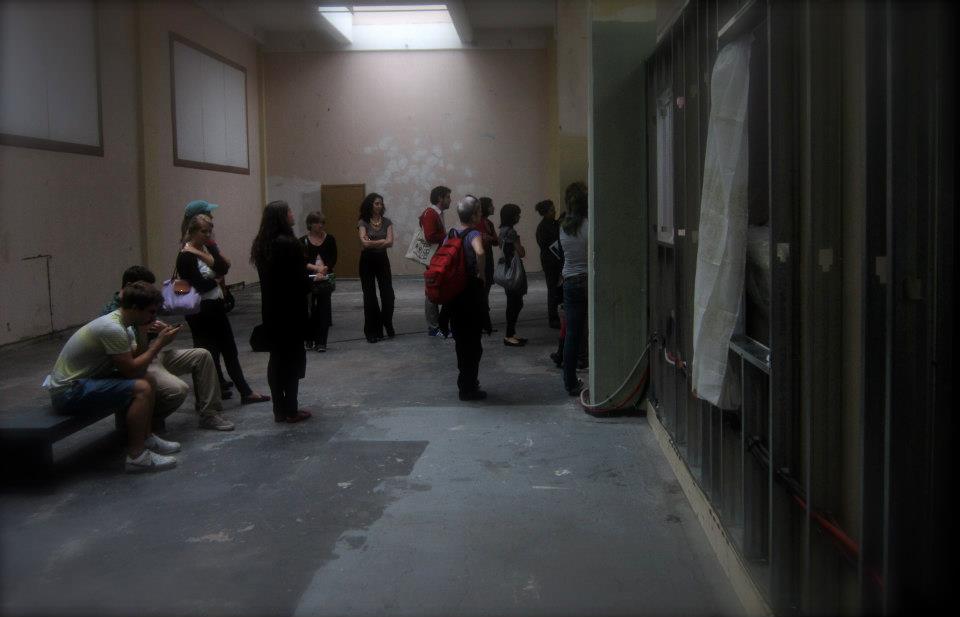Think of those situations when you find yourself looking through windows at the private lives of other people. Walks through small towns or suburban neighborhoods at night or in the evenings, when the lights are on in the homes you pass but the curtains are undrawn; certain units in apartment buildings right across the way from the one you live in, where the goings on inside are as open and exposed as your own; the houses of your neighbors, whose routines become as familiar to you as the ones you are performing when you see theirs. And think of those moments when it is just fine that this is the case, when perhaps you exchange a friendly wave to the neighbor as you each wash your dishes; or the other apartment dweller smiles sheepishly but without resentment when you happen to glimpse her not quite fully dressed upon her abrupt entrance into your field of vision; or when you are in the situation of having been spotted because you were the one who neglected to pull the shades, or who didn’t care. And think about those other moments when your gaze chanced upon something in your suburban walk and lingered a little too long; or you wondered just what it was that was happening; or you envied what you saw; or the thought crossed your mind that maybe you ought to call the police.
Think about all that and saunter into HABIT, an art installation cum theater piece by David Levine at the Essex Street Market, in which a banal domestic drama is performed on a loop eight hours a day in the shell of an American ranch style house through whose windows one can peer and overhear. There’s a past and current vogue of theatrical experimentation that allows audiences to choose their own routes and vantage points, the Macbeth pastiche Sleep No More being a particularly well-publicized example. In HABIT, you choose when you come and go, how long you stay, which windows – if any – you look through and for how long. I went from window to window for half an hour or so, found it interesting that I was able to do so, noted such intriguing features as the culturally revealing tension between the second hand furniture that was decades old and the computers and cell phones used by the characters, observed some furtive goings on in a bedroom, found the life I was peeking in on to be exceptionally squalid and unappealing, and left thinking that the whole exercise was a rousing success.
The standard line is that the audience doesn’t “participate” in HABIT as they do in, say, Sleep No More, and it is true that we can’t enter the playing area and don’t run around wearing suggestively ghostly masks. But that we are there is clearly part of the performance. I am sure that I was glimpsed at one time by one of the actors, who by sheer coincidence entered a room I was idly observing for the ostensible purpose of changing clothes. And when I saw across the width of the living room all those faces gazing in on the sad drama I was witnessing from the other side, the image that for all the world it recalled to me was of the Eumenides watching over the household in Eliot’s Family Reunion. So go by if you are inclined (admission is free and it runs until Sunday), feel a little guilty for your voyeurism, admire the actors for their remarkable focus, and cast a benign gaze on the whole thought provoking affair.
